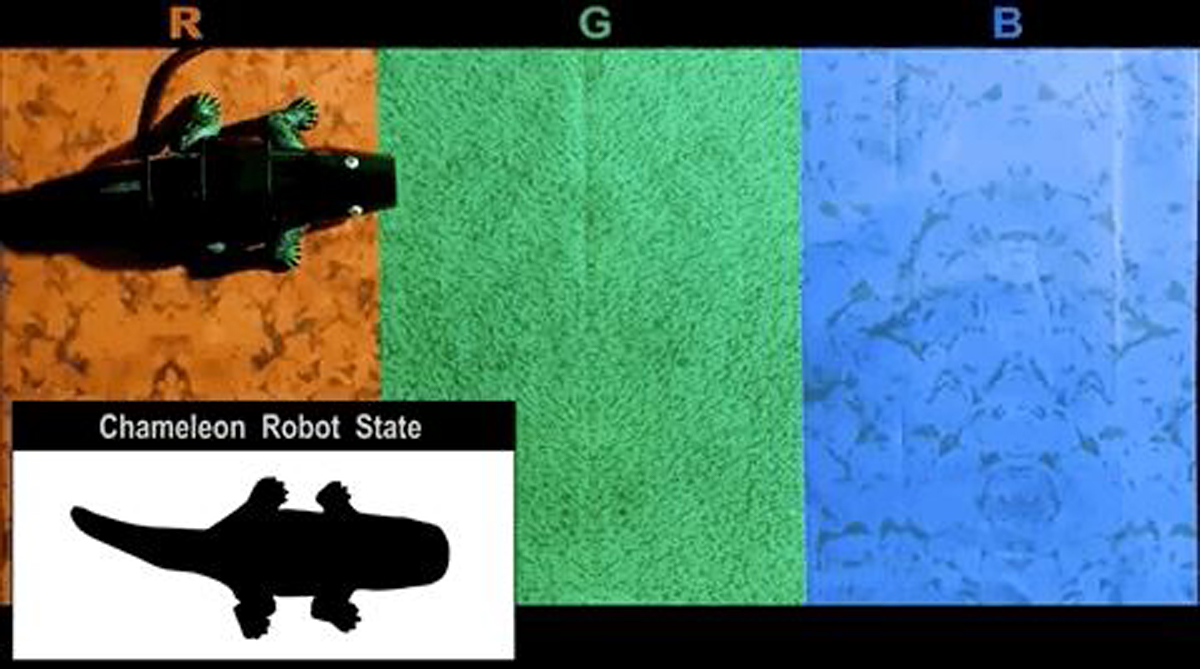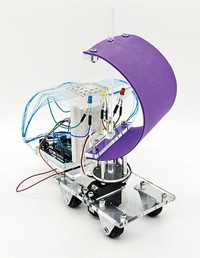Advertisement
Grab your lab coat. Let's get started
Welcome!
Welcome!
Create an account below to get 6 C&EN articles per month, receive newsletters and more - all free.
It seems this is your first time logging in online. Please enter the following information to continue.
As an ACS member you automatically get access to this site. All we need is few more details to create your reading experience.
Not you? Sign in with a different account.
Not you? Sign in with a different account.
ERROR 1
ERROR 1
ERROR 2
ERROR 2
ERROR 2
ERROR 2
ERROR 2
Password and Confirm password must match.
If you have an ACS member number, please enter it here so we can link this account to your membership. (optional)
ERROR 2
ACS values your privacy. By submitting your information, you are gaining access to C&EN and subscribing to our weekly newsletter. We use the information you provide to make your reading experience better, and we will never sell your data to third party members.
Materials
A Sense Of Touch
Nanoparticle-based thin-film device could help robots sense texture
by Bethany Halford
June 12, 2006
| A version of this story appeared in
Volume 84, Issue 24

Clumsy robotic fingers could achieve the delicacy of human digits, thanks to a new type of tactile sensor constructed from nanoparticles (Science 2006, 312, 1501). The electronic skin, created by University of Nebraska chemical engineers Ravi F. Saraf and Vivek Maheshwari, could also give doctors a "touch sensation" during minimally invasive surgery so they could more easily detect cancerous tissue or gallstones, for example.
Saraf and Maheshwari construct their fingertip-sized thin-film sensor from alternating layers of gold and cadmium sulfide nanoparticles separated by a layer of dielectric polymers. Both the polymer and nanoparticle layers are deposited from solution through layer-by-layer self-assembly. Unlike sensors built through complex lithography, these thin-film sensors are straightforward to build directly on large surfaces or complex shapes.
The tactile sensor employs electron tunneling to detect objects at high resolution. Applying a force enhances electron tunneling between the sensor's layers. The sensor responds with an electroluminescent emission or with a change in current density. A robot could therefore attain a sense of touch by coupling the tactile sensor with a camera or measuring changes in the sensor's current density. According to Saraf and Maheshwari, the device's sensitivity is comparable with that of a human fingertip.
"Today's state-of-the-art dexterous robotic hands cannot achieve tasks that most six-year-old children can do without thinking, such as tie a shoelace or build a house of cards," writes Richard M. Crowder, an electronics and computer science lecturer at the University of Southampton, in England, in a commentary that accompanies the report.
"The development of tactile sensors is one of the key technical challenges in advanced robotics and minimal-access surgery. The unique sensors developed by Maheshwari and Saraf could prove to be a key advance in technology," Crowder adds.





Join the conversation
Contact the reporter
Submit a Letter to the Editor for publication
Engage with us on Twitter